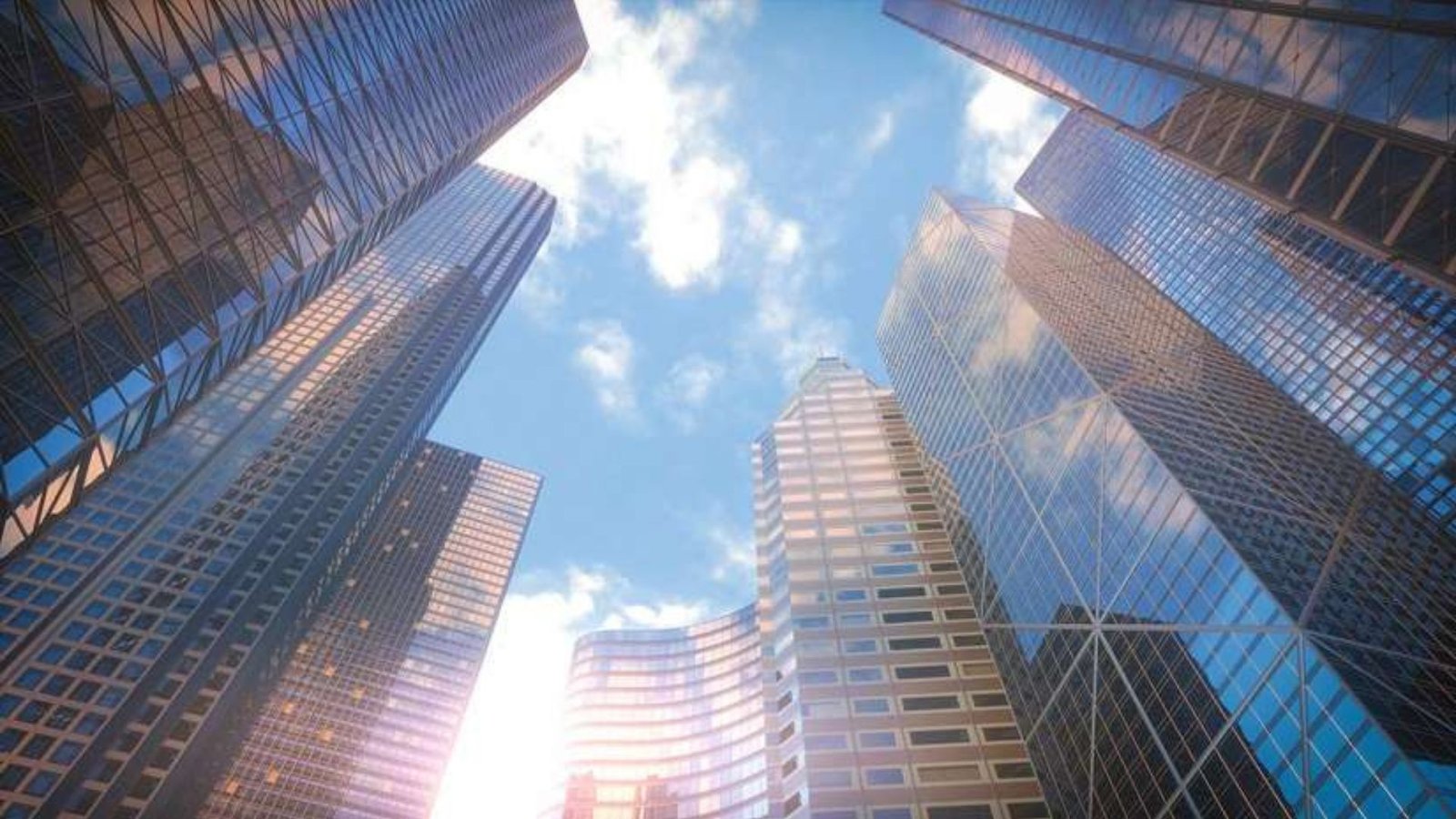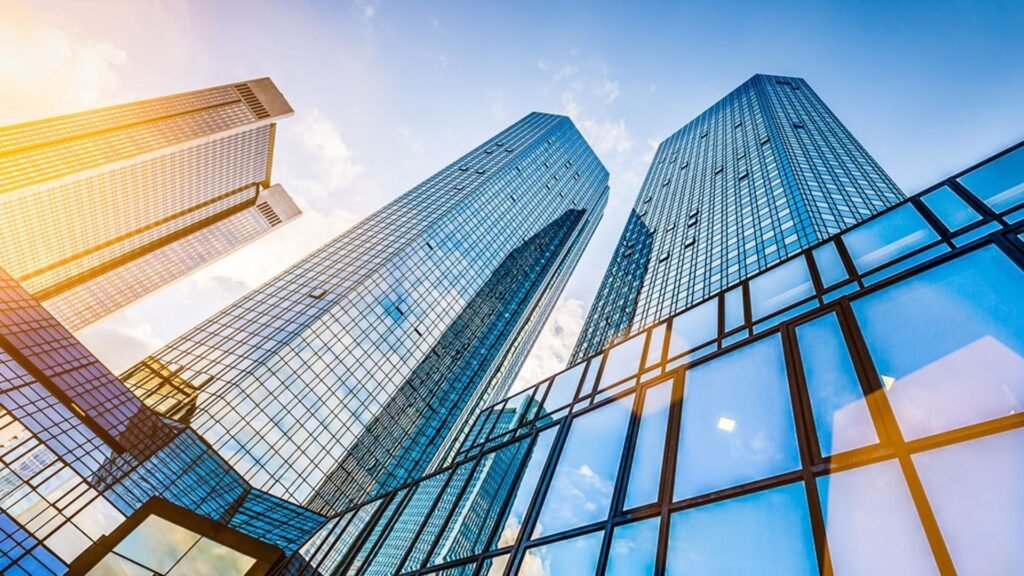Photographing skyscrapers can be a thrilling experience. These towering structures dominate cityscapes and offer a wide range of photographic opportunities. Whether you’re a seasoned photographer or just starting, here are some tips to help you capture stunning images of skyscrapers.
Ways of Photographing Skyscrapers
1. Find the Right Angle
Finding the right angle is crucial when photographing skyscrapers. Look for unique perspectives that highlight the building’s height and design. Try shooting from a low angle to emphasize the towering nature of the structure. Alternatively, find a higher vantage point to capture the skyscraper in its urban context.

Why It Matters:
- Emphasizes the height of the skyscraper
- Adds a unique perspective to your photos
- Highlights the architectural design
2. Use a Wide-Angle Lens
A wide-angle lens is perfect for capturing skyscrapers. It allows you to fit the entire building into the frame and adds a sense of grandeur to your photos. Make sure to experiment with different focal lengths to find the best composition for each shot.
Why It Matters:
- Fits the entire building into the frame
- Adds a sense of grandeur
- Provides more composition options
3. Incorporate Leading Lines
Leading lines can guide the viewer’s eye through your photo and add depth. Skyscrapers often have strong vertical lines that you can use to your advantage. Look for lines created by the building’s structure, nearby roads, or other elements in the environment.
Why It Matters:
- Guides the viewer’s eye
- Adds depth to your photos
- Enhances the composition
4. Capture Reflections
Skyscrapers often have reflective surfaces that can create interesting and unique compositions. Look for reflections in nearby buildings, windows, or puddles. Capturing these reflections can add an extra layer to your photos and create a sense of symmetry.
Why It Matters:
- Creates interesting compositions
- Adds an extra layer to your photos
- Creates a sense of symmetry
5. Shoot During the Golden Hour
Lighting plays a significant role in photographing skyscrapers. The golden hour, which occurs shortly after sunrise and just before sunset, provides soft, warm light that enhances the building’s features. This time of day reduces harsh shadows and highlights the skyscraper’s textures and colours.
Why It Matters:
- Enhances the building’s features
- Reduces harsh shadows
- Highlights textures and colours
6. Include the Surroundings
When photographing skyscrapers, don’t forget to include the surrounding environment. The context can add to the story of the building and provide a sense of scale. Trees, people, and other buildings can all contribute to a more complete and engaging photograph.
Why It Matters:
- Provides context and scale
- Adds to the story of the building
- Creates a more engaging photograph
7. Focus on Details
Skyscrapers often have intricate details that can make for great close-up shots. Look for interesting textures, patterns, and materials. Capturing these details can add variety to your portfolio and highlight the craftsmanship of the architecture.
Why It Matters:
- Showcases the building’s craftsmanship
- Adds variety to your photo collection
- Highlights unique features
8. Use HDR for High Contrast Scenes
High Dynamic Range (HDR) photography can be beneficial when photographing skyscrapers, especially in high-contrast scenes.
Why It Matters:
- Balances exposure in high-contrast scenes
- Creates more detailed images
9. Experiment with Night Photography
Use a tripod and a low ISO setting to capture sharp images with long exposures. Night photography can reveal a different side of the building and create dramatic and beautiful images.
Why It Matters:
- Captures the building’s illumination
- Creates dramatic images
- Reveals a different side of the skyscraper
10. Edit Thoughtfully
Post-processing is an essential part of photographing skyscrapers. Use editing software to enhance your photos, but avoid overdoing it. Adjust the brightness, contrast, and sharpness to bring out the best in your images while maintaining a natural look.
Why It Matters:
- Enhances the overall quality of your photos
- Brings out the building’s features
- Maintains a natural look
Conclusion
Photographing skyscrapers is a rewarding challenge that requires a mix of technical skill and creative vision. By finding the right angles, using a wide-angle lens, incorporating leading lines, and paying attention to details, you can capture stunning images that showcase the grandeur and beauty of these towering structures. Remember, practice makes perfect, so keep experimenting and refining your techniques.

